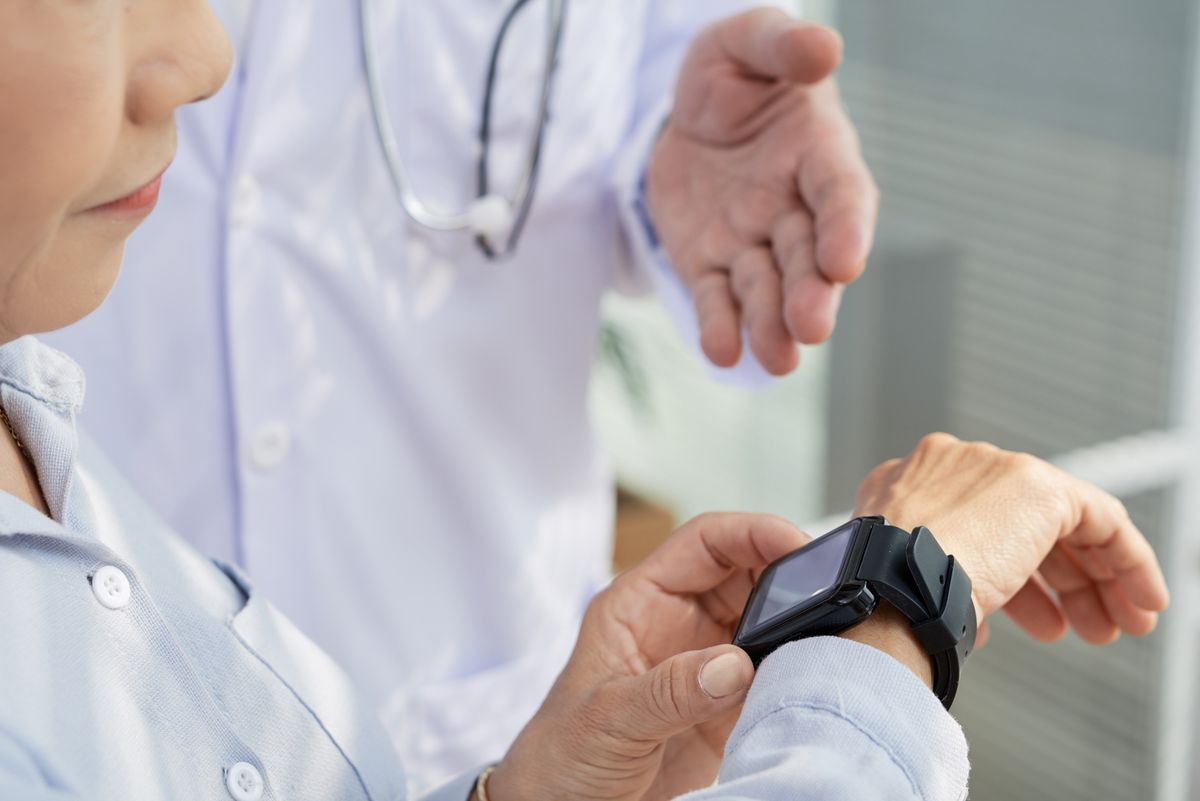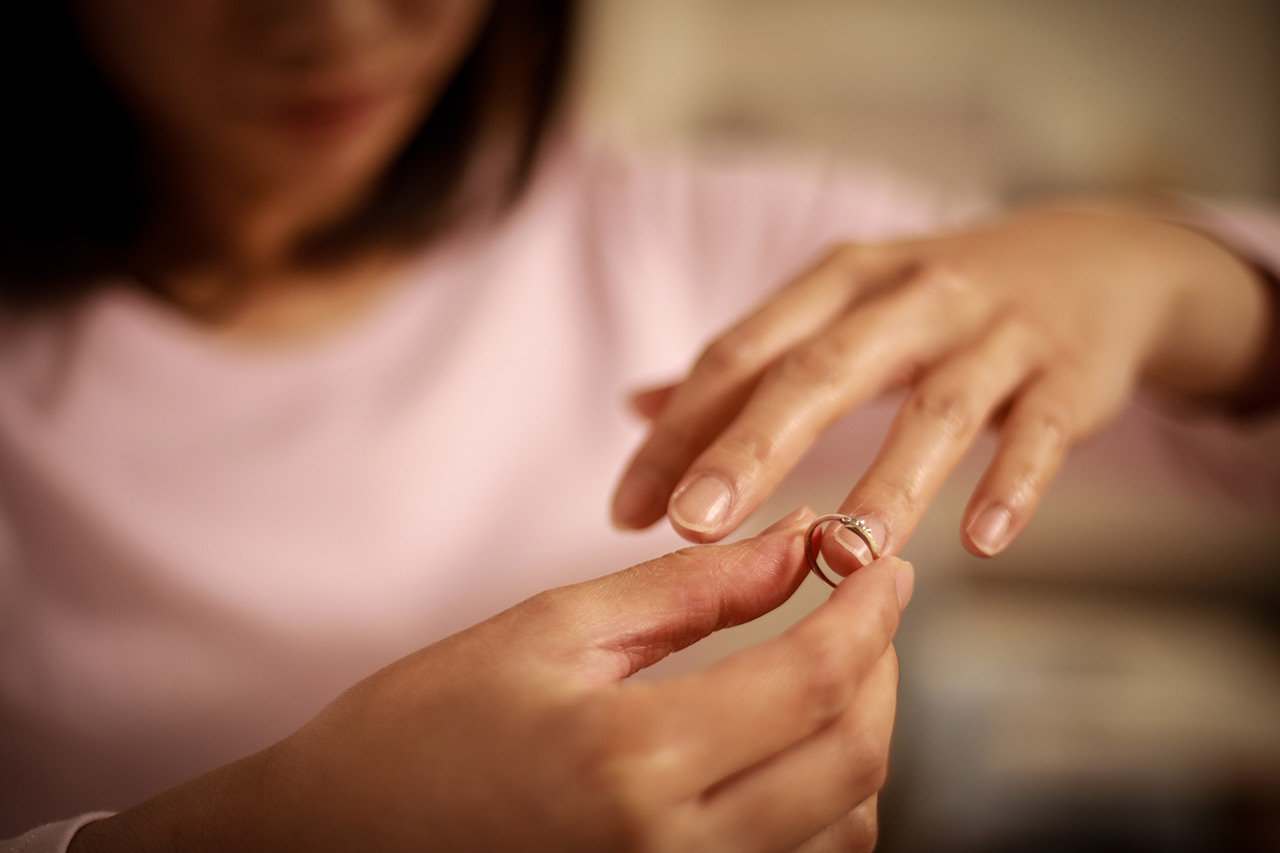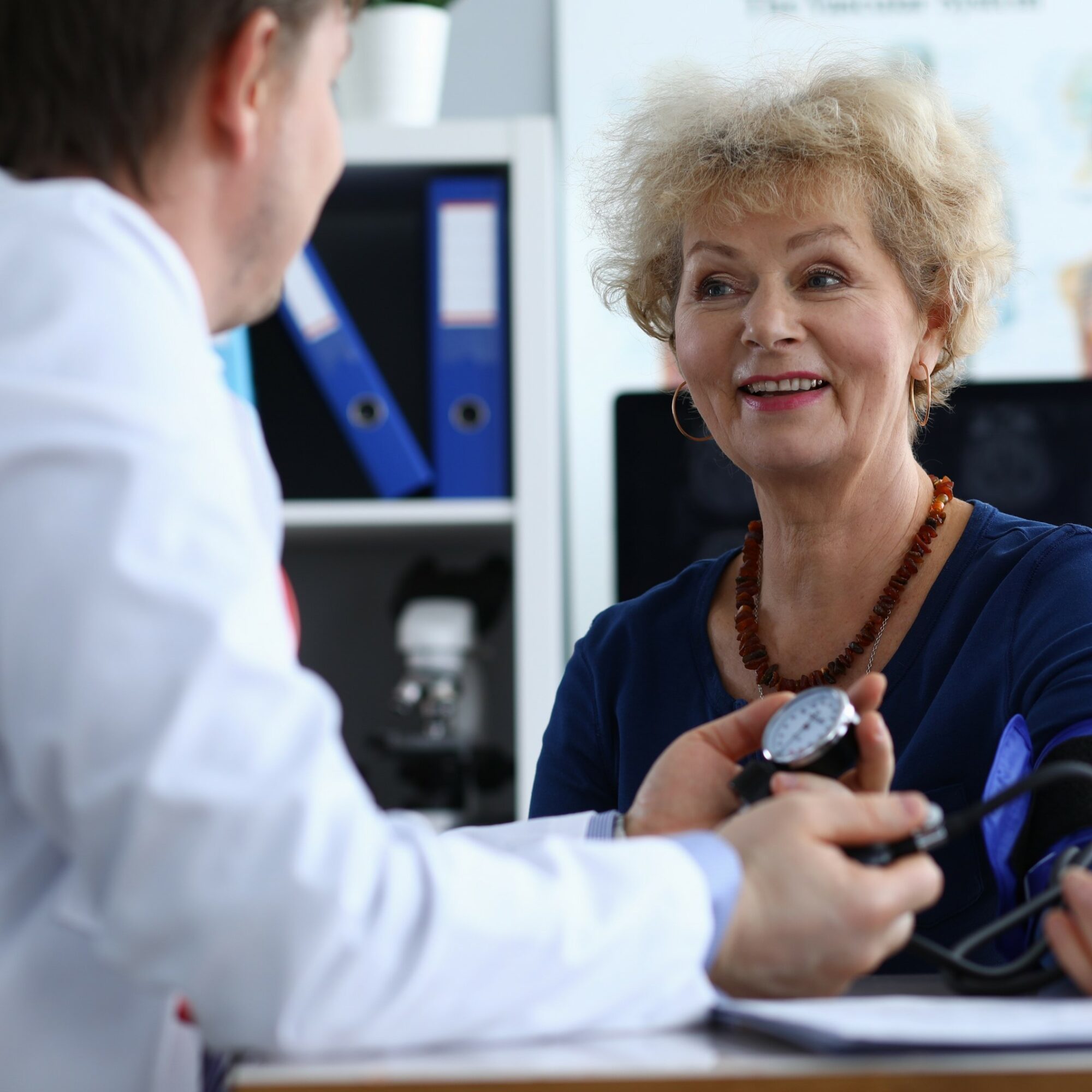Continuous monitoring allows early detection
Traditionally, clinical medicine relies upon “snapshot” measurements captured at singular or limited timepoints, assisting in determining a final diagnosis when parameters deviate from established healthy ranges. However, this approach often struggles at predicting a possible evolving condition within the organism, as it can miss the nuances of slight variations.
Since wearable sensors offer continuous and real-time measurement of key parameters, an important advantage they offer lies in their ability to identify transitioning disease states or sudden and abrupt spikes, enabling prompt intervention if needed.
One example where quick detection and subsequent action is found is in wearable devices for people affected with diabetes: a small sensor checks glucose levels in the blood real-time and communicates with a pocket-size insulin pump, which can promptly release insulin in the body. While this system is minimally invasive, it can be operated by the individual in complete autonomy, without requiring a physician’s help. Moreover, efforts are being made to develop sensors that can check glucose levels without any needles: RSP Systems and TRUMPF Photonic Components have joined forces to develop a wearable sensor that reads glucose levels using miniature laser diodes.
Combining measured parameters for advanced monitoring
While some wearable sensors are highly specific, for example headbands to perform EEG, among the most commonly measured parameters are heart rate, respiration, blood pressure, and physical activity – for example the electrical activity of muscles, changes in acceleration of different parts of the body or thermic changes on skin. Any of these parameters alone is already informative on the health status of a person, and yet, it is often by considering both the combination of several of these signs together and their evolution over time that one can draw the most meaningful conclusions.
A prime example of complex use of parameters is in helping to understand the individual’s psychological state or emotional changes. This involves examining variations in key parameters from the norm and can be done by also incorporating data from users’ smartphones. For instance, alterations in voice tone, speech patterns, and specific smartphone usage behaviors provide valuable insights. More specifically, evaluating the severity of depressive symptoms or anxiety status can be accomplished through a wearable wristband and accompanying app, analyzing factors like conversation frequency, physical activity levels, and sleep duration.
Comprehending the progression of psychological states can be valuable in addressing the issue alongside medical professionals. This could be particularly beneficial as it allows for retrospective analysis of when certain changes occurred, aiding in identifying potential causes across various conditions.
Tackling accuracy: a pivotal challenge for medical wearables to succeed
Accuracy and data reliability represent a highly relevant issue for wearables. Packing highly advanced monitoring technologies in small and easily portable devices sure is not without challenges. Firstly, proper calibration is difficult but essential and crucial in the final performance. Secondly, small inaccuracies in the hardware or software of such small devices can cause errors or base offsets during real-time measurements. While limited inaccuracies could be condoned for wearables used to track physical activity, when their use is needed to monitor health and possible disease states, reliability of measurements becomes a pivotal factor.
To ensure data reliability, performing a wide range of clinical experiments is essential, carefully evaluating measures and offsets. Machine learning algorithms can also come in handy, providing a way to build individualized models based on the individual’s past experiences.
Learn more about how our team can support you in your projects related to HealthTech >
Ultimately, addressing accuracy concerns can offer enhanced precision in remote patient monitoring, early detection of health issues, and personalized healthcare guidance, establishing wearables as effective tools for both patients and medical professionals.
In summary, wearable devices can be powerful allies for continuous monitoring and early detection, providing valuable support for example for people affected by chronic conditions or in need of consistent check-ups. However, challenges in accuracy and data reliability persist, especially due to sensors miniaturization. Addressing these concerns will enhance the efficacy of wearable devices, potentially transforming them into powerful tools for precise remote monitoring, early detection, and personalized healthcare guidance.
Interested in exploring all the possibilities wearable devices offer? You wish to understand how medical wearables could benefit the long-term care of patients? Our specialized team can support you. Don’t hesitate to contact our team.
About the authors,
Lorenzo, Consultant in Alcimed’s Life Sciences team in Italy
Helene, Senior Project Manager in Alcimed’s Life Sciences team in Italy



